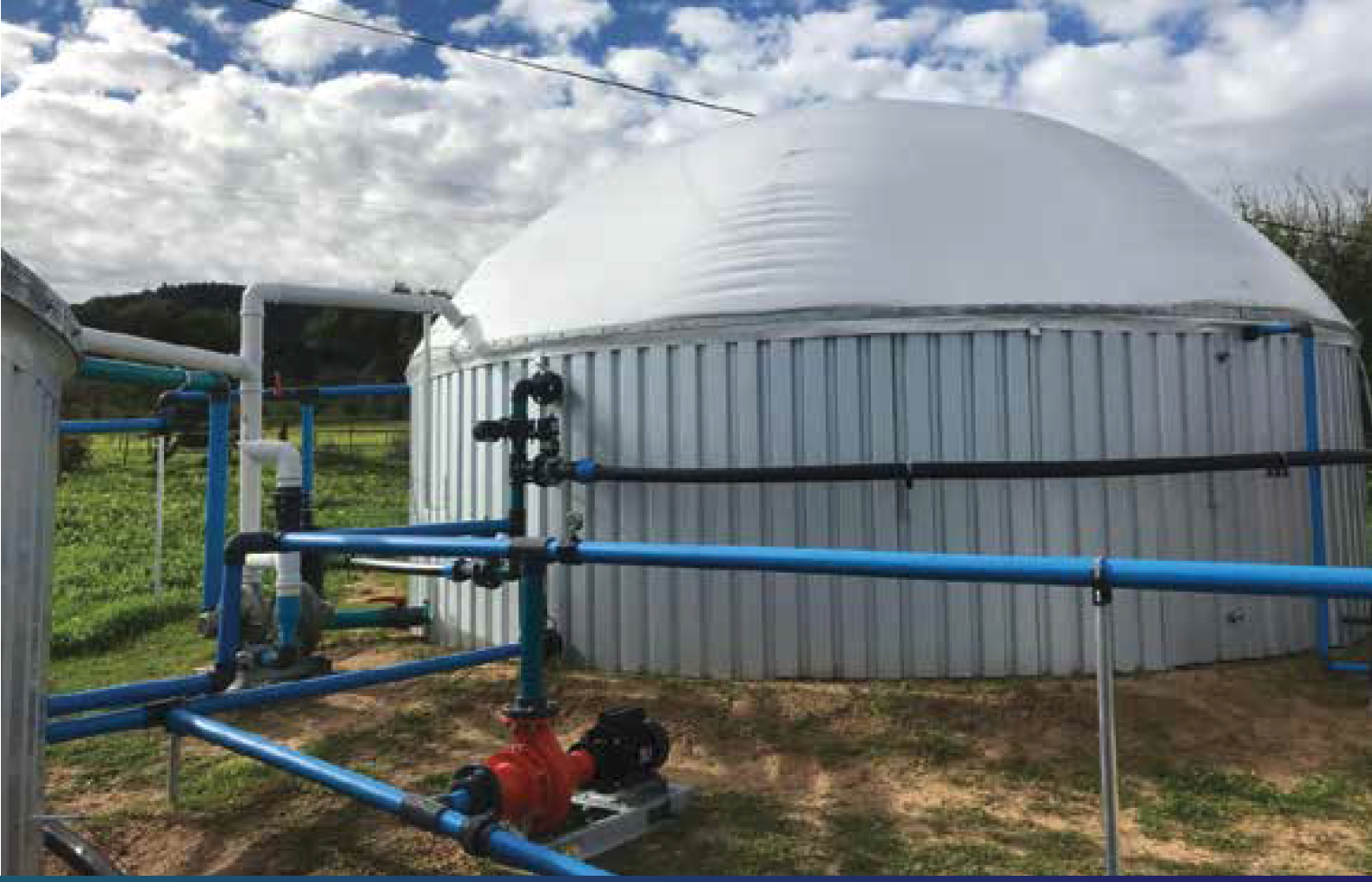City of Cape Town, South Africa
Western Cape Industrial Symbiosis Programme (WISP) delivered by GreenCape

Basic City Data
Population size: 4000000
Population Growth Rate (%): 3.00
Surface Area (sq.km): 2445
Population Density (people/sq.km): 1600
GDP Per Capita (U.S.$): 6400
GINI Index: 0.62
Main Source of Prosperity (e.g. industry, trade, tourism, creative industry, etc.): Manufacturing, Trade, Finance, Community services
Cape Town is the second most populous city in South Africa with both industrial economy alongside with informal economy that presents both potentials and challenges. The Western Cape Industrial Symbiosis Program (WISP) has developed a platform that aids with transforming the largely consumptive and wasteful linear economy model into a more circular economy model. ‘One company’s waste is another company’s resource’. The initiative is a free facilitation service that seeks to create mutually beneficial links or ‘synergies’ between member companies. It connects companies so that they can identify and realize the business opportunities enabled by utilizing unused or residual resources (materials, energy, water, assets, logistics, expertise).
WISP is available to all companies in the manufacturing sector, no matter the company size or industry formal or informal. The resource exchanges facilitated by WISP divert waste from landfill, generate financial benefits for members, reduce the carbon intensity of production processes and create jobs; ultimately making the manufacturing sector more competitive and resilient to climate change. Thus, it addresses SDGs 9 and 11 as well as the New Urban Agenda.
The initiative although funded by the City of Cape Town as part of Sustainability Initiatives is delivered by Green Cape, a not-for-profit company in collaboration with University of Cape Town. This Collaboration helps identify resource efficiency and cleaner production.
Along the years since its establishment 2013 it adopted a more progressive approach beyond landfill diversion to conducting material flow analysis (MFA) on industrial areas to determine opportunities for interventions to increase resource efficiency. It has evolved and its efficiency has improved. As resource exchanges were completed, and case studies created, WISP’s credibility was established and the programme was better able to recruit new members into the network. Thus, gain sustainability. Also, Efforts are put into integrating informal businesses from neighbouring communities like waste pickers with established businesses for mutual benefit.
The TC recognizes the pressing issue of industrial waste and the importance of collaboration to reuse and reduce it. The TC applauds the initiative development over time making sure the work done is still relevant in the changing waste economy landscape. Each subsequent year a new layer is added to the traditional core activities of the initiative, the work has grown from making individual business resource efficient to optimizing production.
The TC recommends the initiative for fostering resource efficiency not only through the initiative, but it helps the businesses in the network to practice resource efficiency in one form or another through commitments to divert waste from going to landfill by utilizing more sustainable value-added waste treatment options.
The TC commend the initiative for its promotion of sharing resources between companies thus cutting costs, increase profit, improving their business processes and learn from each other how to operate more sustainably. This program is needed in the country and in the region and across the globe and could be replicated elsewhere after adaptation to the industrial model and the countries context.


 In Focus | World Cities Day: People-Centred Smart Cities
In Focus | World Cities Day: People-Centred Smart Cities City Stories | Fostering community resilience: A lifeline for the Central African Republic
City Stories | Fostering community resilience: A lifeline for the Central African Republic In Focus | Innovative Education, Empowering Futures
In Focus | Innovative Education, Empowering Futures




















 Tel: +86 020 3780 4434
Tel: +86 020 3780 4434 Email: info@guangzhouaward.org
Email: info@guangzhouaward.org Address: Unit 01-7, 28th Floor, No. 7, Chunrong 3rd Road, Tianhe District, Guangzhou, Guangdong, 510000, PRC
Address: Unit 01-7, 28th Floor, No. 7, Chunrong 3rd Road, Tianhe District, Guangzhou, Guangdong, 510000, PRC




